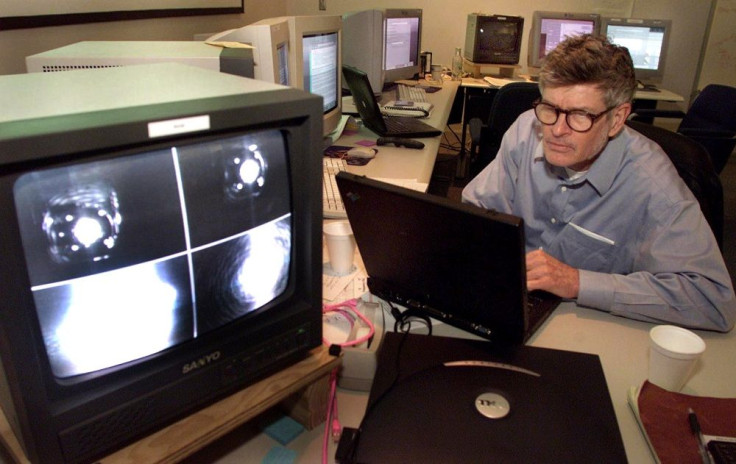Speculations hit Twitter on discovery of gravitational waves by LIGO scientists

Twitter is abuzz with speculations on the alleged discovery of gravitational waves. The excitement was caused by a tweet by Lawrence M. Kraus who cites his independent sources of the possible discovery of gravitational sources by the Laser Interferometer Gravitational Wave Observatory (LIGO).
Gravitational waves happen when a supernova explodes or when two massive objects collide suddenly. The collision creates ripples in space-time similar to ripples created when a stone is dropped in a still pond. The size of the waves that are created depends on the size of the supernova that explodes or the objects that collide, explains Gizmondo.
It was part of Albert Einstein’s general theory of relativity in 1915, but its existence was never proven. LIGO was one of several experiments that aim to look for the waves. When LIGO was upgraded to Advanced LIGO in 2015, the chance of finding the ripples was considered higher, and the discovery of the wave is flagged as the physics story to monitor this year.
After the upgrade in fall, Krauss, a physicist at Arizona State University, tweeted that there is a 10 to 15 percent chance that rumours of the gravitational waves’ discovery is true. However, at that time, LIGO spokesperson Gabriela Gonzalez said that LIGO scientists are still analysing the data.
Alan Weinstein, head of LIGO at Caltech, reiterates in an email to Gizmondo that physicists are still analysing data and will share news when ready. His response, though, is enough to excite space enthusiasts especially with the LIGO upgrade that gives the experiment’s new detectors three times more sensitivity.
The upgraded LIGO now has the capability to listen across a wide area of space up to 225 million light years away, which was only 65 million light years away in the old LIGO. Confirming the existence of gravitational waves, besides affirming Einstein’s theory, would be useful in allowing a direct way of studying a large part of the universe, such as black holes, neutron stars and other objects that do not emit light and difficult to study from Earth.
Dr Chiara Mingarelli, in a tweet, cautions against believing right away the rumour as she points out that while the discovery of gravitational waves will be revolutionary, it requires extraordinary evidence to support that claim.
Katie Drummond calls the speculation as hot physics gossip, while referencing the Monday death of rock icon David Bowie, Mathematical DJ tweets, “That was actually just David Bowie transmigrating, but I can see why it would appear as gravitational waves.”
Most of the Twitter members who follow the rumours either liked or shared Kraus’s tweet or Gizmondo’s reports on gravitational waves.





















